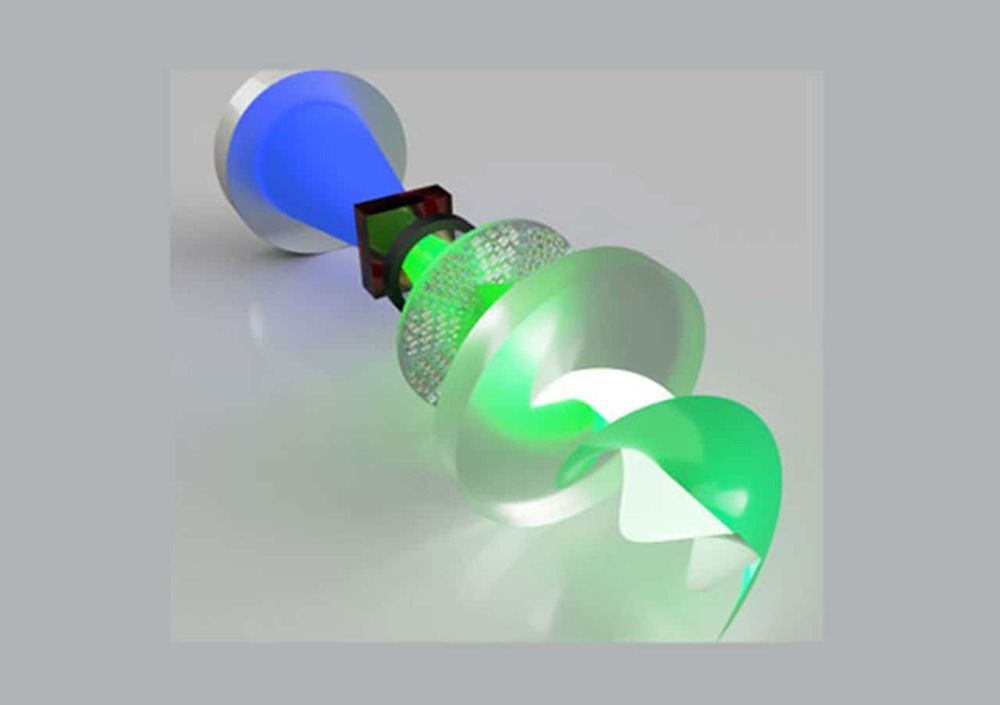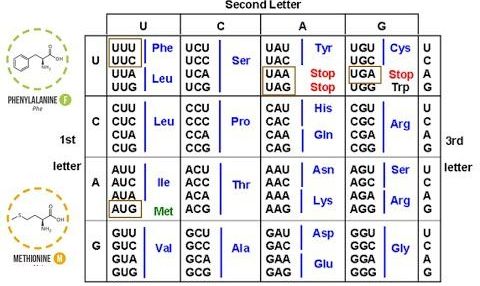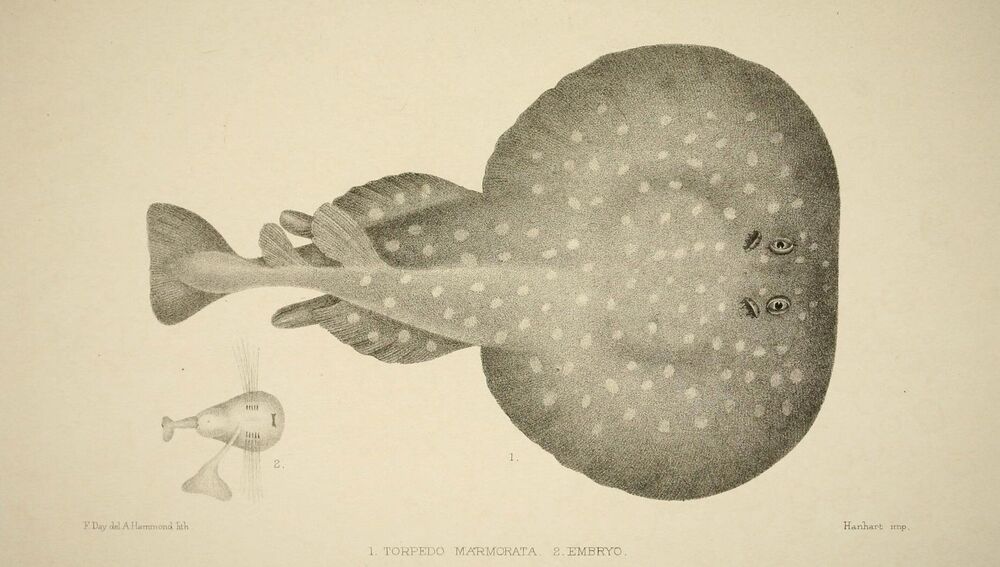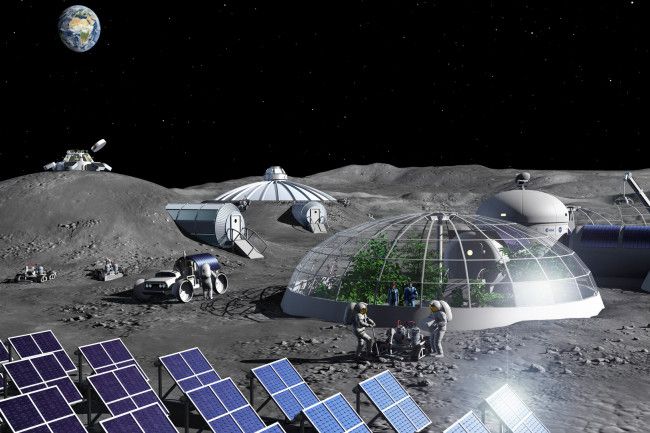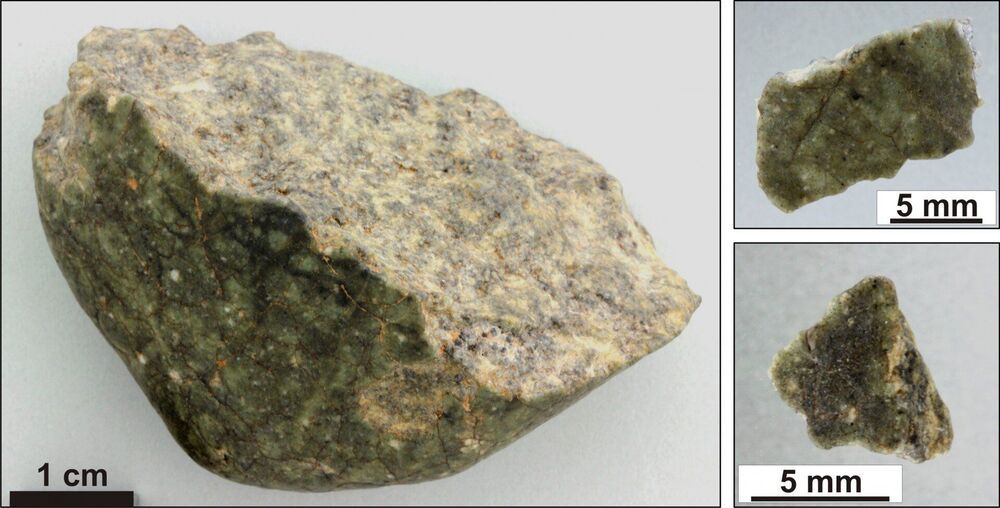Scientists in collaboration have developed the world’s first metasurface laser that produces “super-chiral light”- the light with ultra-high angular momentum. Also, they have developed a nanostructured metasurface that has the most significant phase gradient ever produced and allows for high power operation in a compact design.
Researchers at MIT and the University of Waterloo have developed a high-power, portable version of a device called a quantum cascade laser, which can generate terahertz radiation outside of a laboratory setting. The laser could potentially be used in applications such as pinpointing skin cancer and detecting hidden explosives.
Until now, generation of terahertz radiation powerful enough to perform real-time imaging and fast spectral measurements required temperatures far below 200 Kelvin (−100 degrees Fahrenheit) or lower. These temperatures could only be achieved with bulky equipment that limited the technology’s use to a laboratory setting. In a paper published in Nature Photonics, MIT Distinguished Professor of Electrical Engineering and Computer Sciences Qing Hu and his colleagues report that their terahertz quantum cascade laser can function at temperatures of up to 250 K (−10 degrees Fahrenheit), meaning that only a compact portable cooler is required.
Terahertz quantum cascade lasers, tiny chip-embedded semiconductor laser devices, were first invented in 2002, but adapting them to operate far above 200 K proved to be so difficult that many people in the field speculated that there was a fundamental physical reason preventing it, Hu says.
The Genetic Code
Posted in genetics
This video explain the details of genetic code in detail.
Thank You For Watching.
Please Like And Subscribe to Our Channel: https://www.youtube.com/EasyPeasyLearning
Like Our Facebook Page: https://www.facebook.com/learningeasypeasy/
Join Our Facebook Group: https://www.facebook.com/groups/460057834950033
Yes, there’s been hype, but electrical brain stimulation is a genuine technique, and the science behind it is improving.
Poimo inflatable scooter
Posted in futurism
We all know how difficult it is to bring a scooter anywhere.
Here is an interesting solution. An infatable scooter.
This is an inflatable scooter you can put in your backpack.
Chain Delete Bike
Posted in transportation
For those who like biking.
I stilll remember all those times my bike chains got lose. Could these guys have found a solution?
This chainless bike is dubbed ‘the most aerodynamic bike ever made’.
Would you like to have your own personal emoji display on your car?
These guys seem to having fun with it.
Article from Vice.com. I guess owning a Tesla does have its own drawbacks. Tesla can disable features from your car if you didn’t pay enough money. And it seems it’s hard to repair if you get into an accident, due to Tesla’s tight ownership. Insurance companies may quickly declare these Teslas as total losses.
This is pushing some people to jailbreak their cars to return these features. Especially those that are already declared as total losses. (So voiding the warranty really doesn’t mean much to them)
Interesting. bigsmile
Tesla is getting more aggressive in revoking paid software features on used cars, raising the stakes in a battle over what used Teslas can do that has raged for years.
This could mean breathable oxygen and rocket fuel. Not only that, they are suggesting the metal alloy byproducts could be useful again. Interesting.
I think a colony on the moon is sounding a bit more feasible.
The European Space Agency has created an experimental “oxygen plant” in the Netherlands that can extract oxygen trapped within simulated Moon dust.
Not only does the process extract up to 96 percent of the oxygen in the imitation lunar soil, it also leaves behind metals that might be valuable to future crewed missions that venture to the moon, Mars, and beyond.
A team of European researchers discovered a new high-pressure mineral in a lunar meteorite which is helping to explain what happens to materials within the extreme pressures of the Earth’s mantle.
The new mineral donwilhelmsite is the first high-pressure mineral found in meteorites with application for terrestrial sediments dragged deep into the Earth mantle by plate tectonics. Mainly composed of calcium, aluminum, silicon, and oxygen atoms, donwilhelmsite was discovered within the lunar meteorite Oued Awlitis 001 found in 2014 in the Western Sahara.
The meteorite is compositionally similar to rocks comprising the Earth’s continents. Eroded sediments from these continents are transported by wind and rivers to the oceans, and subducted into the Earth’s mantle as part of the dense oceanic crust. Once dragged to depths of about 460–700 km, their constituent minerals transform at high pressures and high temperatures existing at those depths into denser mineral phases, including the newly discovered mineral donwilhelmsite. In the terrestrial rock cycle, donwilhelmsite is therefore an important agent for transporting continental crustal sediments through the transition zone of the Earth’s mantle (460−700 km depth).
